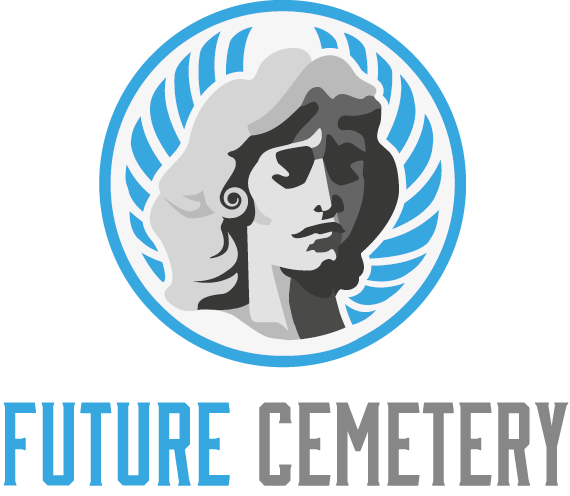The design of cemetery spaces is evolving to better serve our communities and changing societal views of death. These changes are happening across the country and reflect the needs of the people we serve.
One trend is incorporating more natural elements into the landscape. This can include ponds that evoke feelings of peace and tranquility.
Space Planning
Cemeteries play a critical role in our society as green infrastructure. They should be treated as multifunctional spaces and managed to support the goals of a wider network of green space and the social cohesion of communities.
Using biomimetic design to draw inspiration from nature’s forms, functions, and systems can help cemetery designers create innovative concepts able to evoke positive emotions in visitors. This includes utilizing light to highlight textures and emphasize spatial depth, as well as creating spaces designed to promote peace and tranquility.
Proper landscaping is also essential in reducing maintenance and water usage. The type and location of plantings should be carefully considered for climate, soil conditions, flow and aesthetics. Additionally, ponds and other man-made and natural water sources can be used to reduce mowing and irrigation needs while providing habitat for wildlife.
Incorporating Historical Elements
Bidding farewell to a loved one is an emotional experience, and cemetery design should respond sensitively. Incorporating meaningful symbols into a memorial can communicate what words cannot.
Symbols can reflect a person’s values, beliefs, and culture. For example, the lotus flower represents beauty and detachment in Buddhism and the dharma wheel represents the search for enlightenment in Hinduism.
Incorporating natural elements into a cemetery can change the overall ambiance and bring a sense of peace to a grieving family. Streams, waterfalls, ponds, and other natural features can create soothing sounds and a serene environment.
Gary: It is always a good idea to take a comprehensive look at your cemetery’s future on a regular basis. This can include an updated master plan, a business/financial plan, demographics assessment and options for new and infill burials.
Embracing Abstract Ideas
Incorporating abstract ideas into architecture allows for more meaningful spaces to be created. This can manifest in the use of historical elements or cultural themes to bring a sense of belonging for visitors and reflect current societal trends.
For example, a shift towards personalization is evident in cemetery design through the use of unique monuments and bespoke art installations. This trend showcases how cemeteries are adapting to become more than just a place to mourn and celebrate the lives of loved ones.
While many cemeteries have regulations in place for grave markers, an experienced memorial provider can work with you to find a headstone that embodies the person you’re honoring. They can help you understand the rules and regulations for each cemetery and can also vouch that your design idea is allowed in the graveyard you choose.
Creating a Green Footprint
Cemetery architecture has evolved to reflect a growing focus on environmental sustainability and minimalism. For example, some natural burial sites replace metal caskets with biodegradable wood markers that add to the beauty of the landscape. This helps reduce waste and allows families to plant trees for a permanent legacy.
Cremation also puts less strain on the environment. It eliminates the need for embalming chemicals and metal caskets, while reducing the amount of land needed to store caskets in vaults.
Another important aspect of Cemetery Design involves ensuring that the property is accessible for all visitors, regardless of their physical abilities. This includes planning the layout of the grounds, making sure there are sidewalks and wheelchair-friendly paths, and providing well-lit signage throughout the property. A well-planned circulation plan ensures that people can move around easily and safely.
Creating an Accessible Environment
Embracing cultural elements in cemetery design helps families and individuals find a common ground to mourn. This is accomplished by using traditional architectural styles and materials in mausoleums, columbariums, and family estates. Sculptures and fountains also serve to enhance the beauty of the grounds while creating an environment that fosters peaceful reflection.
Landscaped walking paths, meditation gardens, and event spaces allow visitors to connect with each other in a meaningful way. By prioritizing accessibility, these spaces ensure that everyone is able to pay their respects in a dignified and supportive environment.
The proper grading and drainage systems within a cemetery can protect the site from flooding and erosion. Using subsoil drains and reed bed construction are ways to ensure that water is properly directed away from gravesites and buildings.
